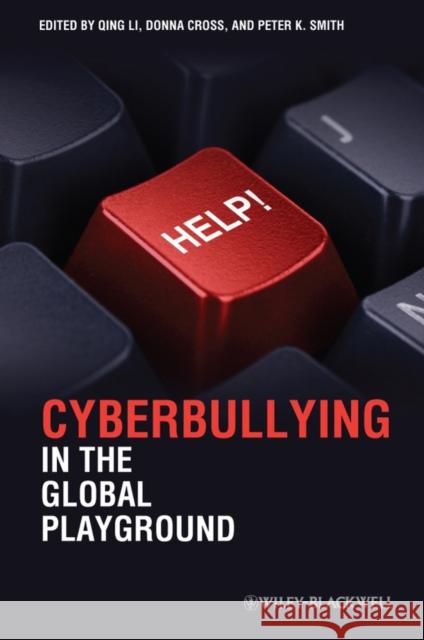Cyberbullying in the Global Playground: Research from International Perspectives » książka
topmenu
Cyberbullying in the Global Playground: Research from International Perspectives
ISBN-13: 9781444333763 / Angielski / Twarda / 2012 / 326 str.
Cyberbullying in the Global Playground provides the first global, in-depth analysis of the emerging phenomenon of cyberbullying.
- Offers the first thorough comparative account of recent research into the emerging global phenomenon of cyberbullying
- Provides an international perspective on the prevalence and nature of cyberbullying
- Presents recent authoritative research within a critical perspective, drawing out theoretical and practical implications for policy and practice
- May be used to help design intervention, evaluation, and policy strategies for effective efforts to combat the international phenomenon of cyberbullying











